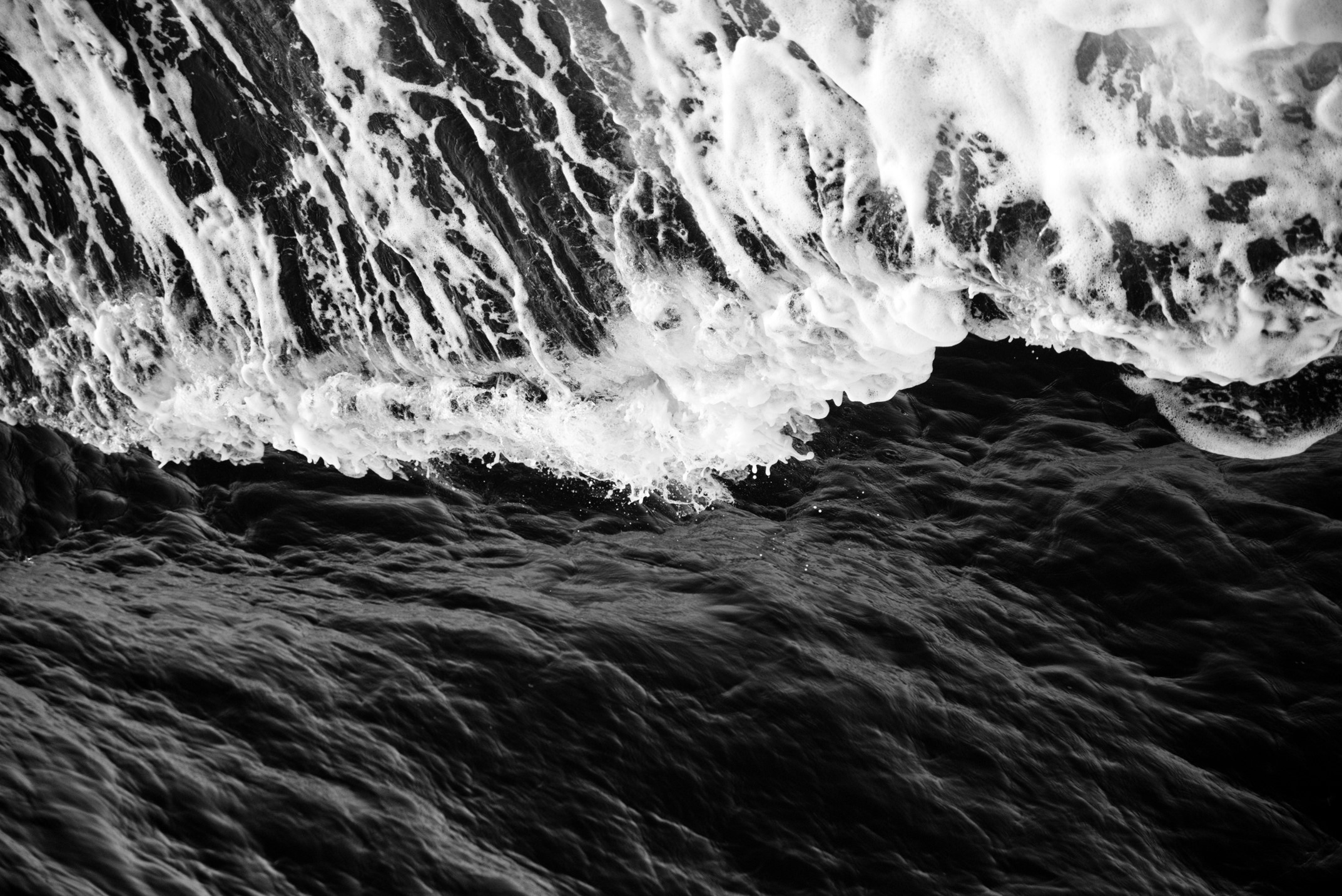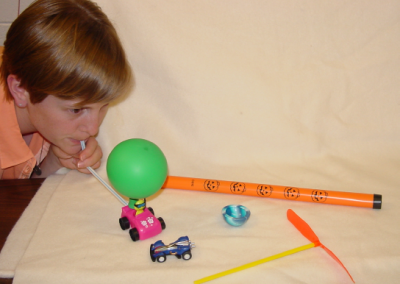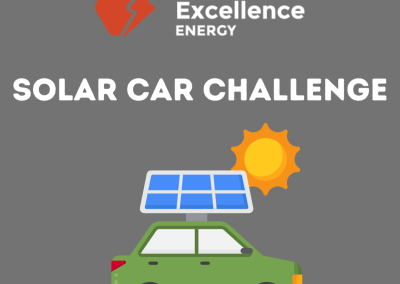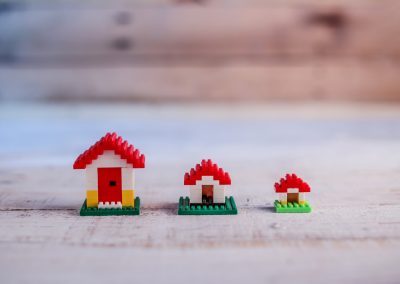*French resource is included as attachment
Overview
Water is a vital component to all living things! In this 1-hour, hands-on learning opportunity, students will discover the connection between water and energy. They will create, explore, and discuss hydroelectric energy, a large source of renewable energy found in our province of New Brunswick. Prepare to get a little wet!
NB Curricular Connections
Science
- Strand: Learning & Living sustainably- Big Idea: Responsible and Sustainable Application
Social Studies
- Strand – Geography – Big Idea: Human Systems and Interactions
What You’ll Need
- Pencils – Unsharpened (1 per group)
- Maker Space Materials (recycled cardboard, cardstock, tape, dixie cups, scissors, used pop/water bottles, string, straws, etc.)
- Access to sink OR bucket with watering can/water bottle
- Design Template (see attached PDF)
- Chart Paper
- Marker
- Small, light object per group (eraser, recycled paper, cotton ball, etc.)
- PowerPoint Presentation (see attached PPT)
Instructions
DISCUSSION: Using chart paper, simply print the word, “Water” in the center of a sheet and ask students to share the first thing that they think of when they hear that word. Write their responses down. Read over students’ responses and then identify if ENERGY came up. Define Hydroelectric Energy = is a form of renewable energy that uses the power of moving water to generate electricity.
CAN YOU SPOT IT?: Using the King’s Landing Drone video (1:26) on Slide 2, have students watch to observe a barrier to the river. Feel free to pause it and have students share what they know about a dam. Discuss: Why would they need to dam the river? What are they using that dam for?
WATER WHEEL CHALLENGE: Go to Slide 3. Using the maker space materials available, have students brainstorm, plan, and create a water wheel that lifts an item. Be sure to set a timer for students and use the planning sheet below. All groups MUST begin with an unsharpened pencil and on one side, they will tie a piece of long string and a light object at its end (eraser, recycled paper, cotton ball, etc.). By developing a water wheel (that works!), students will also see their string wind around their pencil and lift the light object as their water wheel is turned by the motion of the moving water. (Have students wind the string around the pencil a few times before beginning to pour water onto their final water wheel.) A sink or a bin with a water bottle/watering can be used to test the water wheels. Be sure to gather all groups and watch the testing phase together as each group presents their creation. Celebrate each group’s inventiveness!
VIDEO: Go to Slide 4 and watch NB Power’s Video (12:13) on how the Mactaquac Generating Station works, as students make a deeper connection between water & energy.
CAREER MINDFULNESS: Especially with the 2030 Mactaquac Generating Station deadline coming, what jobs will be critical in the hydroelectric energy sector in the years to come? Review slide 6 and have students share their responses of the importance of each career title mentioned. Can you think of more?
WRAP-UP: Go back to the original chart paper of Water and have students add to it. How does hydroelectric energy affect me? How does it affect our province?
Extension Ideas
- Schedule a field trip to the Mactaquac Generating Station to see it for yourselves.
- Research other renewable sources of energy here in New Brunswick.
- Using the 3 possible options listed in the NB Power video for 2030, have learners think about the implications of each one for the current Mactaquac Generating Station. Which do they feel is the best one and why?
- Grade 5: Review simple machines – wheel & axle and its connection to the water wheel.
Reflection Activity
Please see the attached PDF for several choices on how you and your learners can reflect upon today’s activity.




